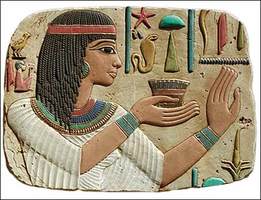 While creating the sixth grade art curriculum, I noticed a strong representation of narratives throughout art history. Although creating this theme was not my intention, the narrative has been a great way for students to make connections to different cultures throughout history. Students have developed their own narratives with almost every project. We discussed the term, visual narrative, as opposed to a written story. With a few projects, students were asked to write a narrative to accompany their artwork. However, most of the projects have focused on creating a story with images or symbols alone. Recently, students have identified different purposes for creating a visual narrative. At the beginning of the year we studied cave paintings, and talked about art as documentation of daily life. Students described hunting scenes found in the Caves of Lascaux, and decided this may have been a representation of life during that period in history. From the cave paintings, we transitioned to studying artworks found in the Egyptian pyramids. Students again identified scenes from daily life, but also the inclusion of hieroglyphics. Some students described the hieroglyphics as an early form of written language. The hieroglyphics were often placed alongside paintings of figures. Each student created a portrait painting in the style of Egyptian artwork, with the inclusion of hieroglyphics. Next they created large collars using a radial design inspired by Egyptian artifacts. The students' discussion about hieroglyphics gave me an idea to further explore the relationship between text and image. Students were introduced to the photography of Rachelle Lee Smith. Each student was given different portraits photographed by Smith, depicting a single teenager. Each portrait also contained text from the teenager photographed. Students were asked to describe what the picture looked like visually. Next they were instructed to interpret the text, and then analyze how the photographer and subject collaborated to communicate meaning. Students shared their opinions in small groups, and then as part of a larger class discussion. From this activity, we began an altered photography project. Students collaborated to create an Egyptian-inspired narrative using a digital camera and colored pencils. Each student photographed a classmate, or group of classmates, in the profile view of Egyptian figures while wearing the collars they had previously painted. Students then received a black and white copy of their photograph to alter using text or symbols. The finished projects depicted great scenes of battles, royalty and friendship. After concluding our unit on Egypt, we recently began studying the pottery of Greece and Rome. Students identified these narratives as entertainment or fiction, rather than a description of reality. Many of the students had a previous knowledge of Greek and Roman mythology. I encouraged those students to share with the class, and we read a few short myths aloud. Our first project for the Greece and Rome unit was to create a two-dimensional vase using construction paper. Students chose the size, shape and colors of their vase. Once their vase was constructed, students were asked to draw and color a visual narrative on their vase. Once the vase was completed, we studied the different columns used in Greek and Roman architecture, ionic, doric and corinthian. Each student then made a unique columns to attach their narrative vases to. After studying the pottery for weeks, students were ready to make their own. Each student created a small clay plate using slab construction. On the face of the plate, students carved original narrative scenes. Now that the plates have been fired in the kiln, students have begun painting their designs. I am very excited to display the finished plates at this year's Fine Arts Night at Oregon Elementary School on Friday, May 3rd!
4 Comments
|
Mr. DeWilde's Blog
Archives
June 2024
|
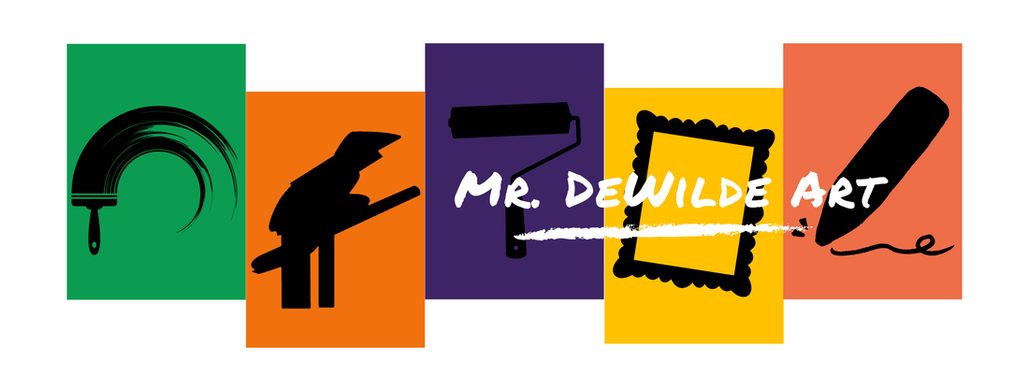
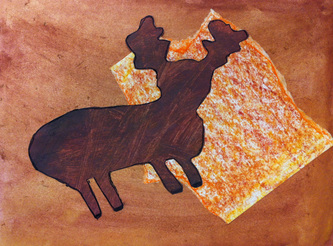
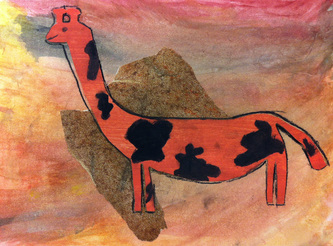
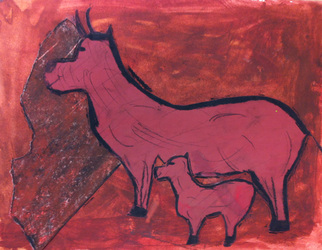
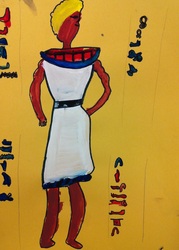
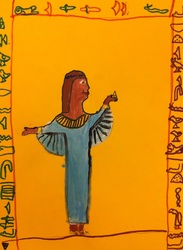
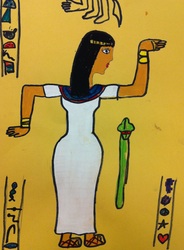
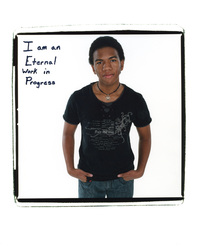
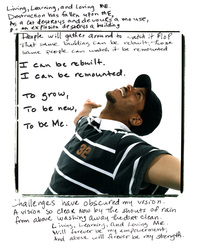
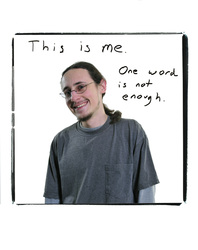
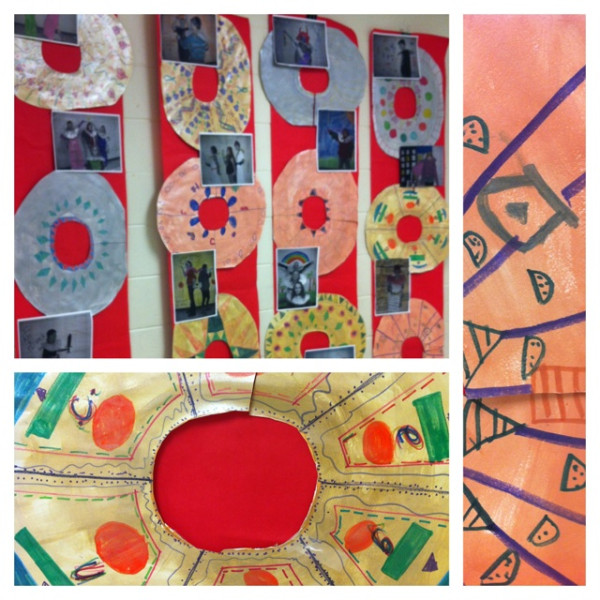
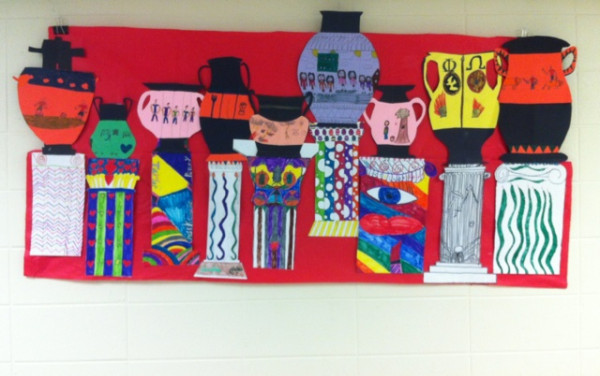
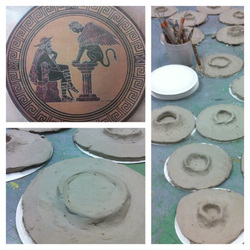

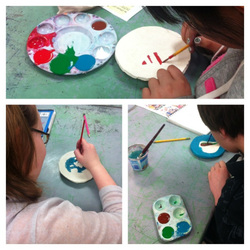
 RSS Feed
RSS Feed